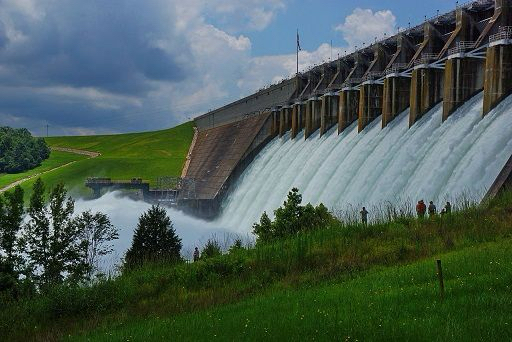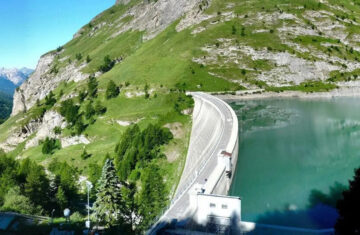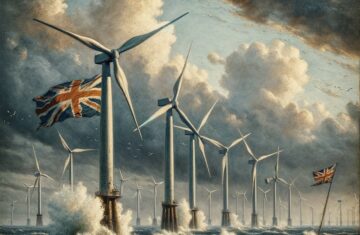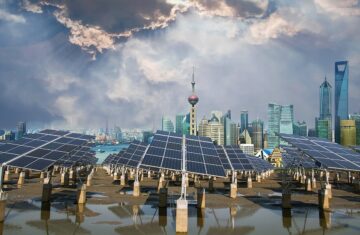Oslo, Norway — The European electricity market is facing growing instability, largely due to the increasing share of renewable energy sources like wind and solar. While these resources are vital for achieving climate goals, their intermittent nature presents significant management challenges for the energy grid. This intermittency often results in negative electricity prices, impacting the profitability of energy producers and raising concerns about the economic balance of the sector. In this context, Norway’s abundant hydropower resources may offer a strategic solution to stabilize the European electricity market.
Norway benefits from a unique geographical landscape, featuring deep fjords and natural reservoirs that allow for the storage of substantial amounts of surplus energy. The country boasts an estimated storage capacity of 83.2 TWh, with major sites including Skjerstadfjord (25 TWh), Mjøsa (17.6 TWh), and Sandsfjorden (8.1 TWh). Pumped storage technology, already well-established in Norway, enables the use of high-altitude reservoirs to store water during periods of energy surplus. This stored water can then be released to generate electricity during peak demand, providing a flexible mechanism for regulating Europe’s energy supply.
In Europe, renewable energy production often peaks during low-demand periods, such as sunny afternoons or windy days. For example, in 2024, France experienced 235 hours of negative prices, with prices dropping to as low as -30 €/MWh when renewable generation significantly outstripped demand. Norway’s pumped storage capacity is crucial in mitigating these fluctuations by storing excess energy and redistributing it during high-demand periods, thereby stabilizing electricity prices and preserving producer profitability.
Norway does not operate in isolation; it is integral to a European network of electrical interconnections that facilitate the transfer of stored energy to neighboring countries. In 2024, Norway exported approximately 5 billion euros worth of electricity to countries like Italy, Germany, Belgium, and the United Kingdom. Projects such as NordLink, which connects Norway to Germany, and North Sea Link, linking Norway and the UK, enhance these energy exchanges and enable more flexible management of energy surpluses across Europe.

Despite its robust pumped storage infrastructure, Norway faces challenges related to climate change and variability in precipitation patterns. Prolonged droughts or fluctuations in water levels can affect the fjords’ storage capacity. However, Norway employs advanced hydrological management models to better predict these changes. Additionally, efforts to extend marine reservoirs or increase high-altitude storage can help mitigate potential impacts, ensuring that Norway can continue to meet the energy needs of its European neighbors.
The integration of intermittent renewable energy into Europe’s energy mix poses significant challenges for grid management. Norway’s pumped storage can play a vital role in balancing supply and demand by making energy dispatchable. This capability is essential for limiting the effects of negative prices on electricity markets, which have been detrimental to the business models of energy producers. For instance, energy producers often negotiate long-term contracts (PPAs) at prices between 40 to 60 €/MWh, contrasting sharply with negative prices that can sink to -30 €/MWh.
As Europe continues to integrate more renewable energy, Norway’s hydropower resources offer a strategic solution to stabilize the energy market. By effectively managing energy surpluses and providing a reliable source of dispatchable power, Norway can help mitigate the impact of negative pricing and contribute to a more resilient European energy landscape.



